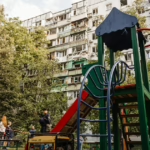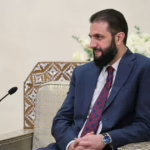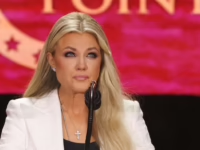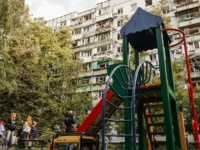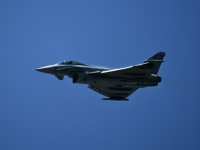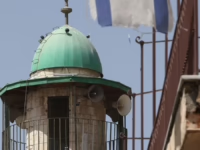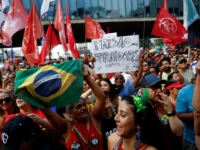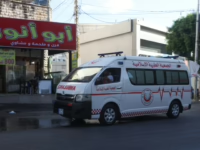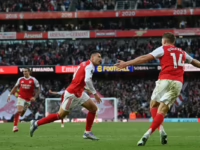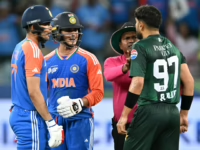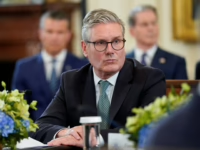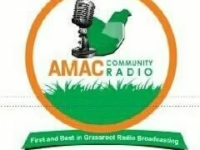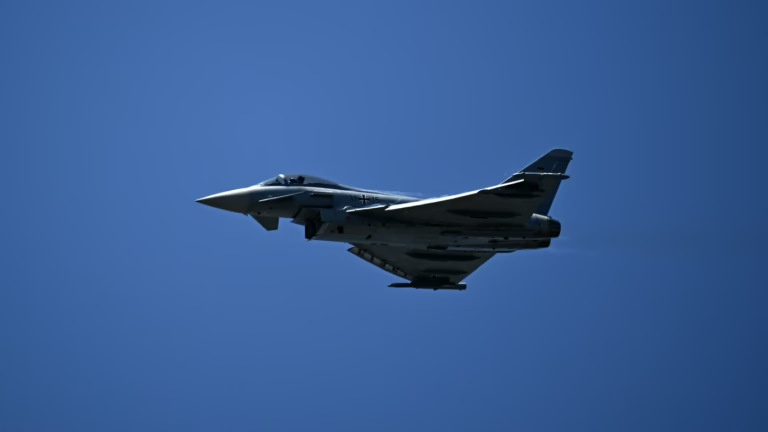A German Eurofighter Typhoon jet showcased its capabilities during a flight demonstration near Le Bourget, north of Paris, on June 18. These Eurofighters played a key role in intercepting the Russian aircraft.
Julien De Rosa/AFP via Getty Images
hide caption
toggle caption
Julien De Rosa/AFP via Getty Images
On Sunday morning, German and Swedish fighter jets were deployed to intercept a Russian reconnaissance aircraft that had entered neutral airspace over the Baltic Sea, according to statements from both countries’ defense officials.
German authorities reported that NATO had directed Germany’s rapid response unit to investigate an unidentified plane that was operating without a flight plan or radio communication.
After visual confirmation, the aircraft was identified as a Russian IL-20M reconnaissance plane. The German military then transferred the escort responsibility to Swedish NATO forces before returning to their base at Rostock-Laage, as noted by Germany’s NATO delegation on X.
Meanwhile, Sweden’s air force confirmed that its jets were actively tracking and identifying the Russian IL-20 as it flew through international airspace.
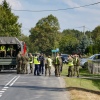
This incident adds to a recent string of Russian military aircraft entering NATO airspace throughout September, escalating tensions between the alliance and Moscow.
Just days earlier, Estonia reported that three Russian MiG-31 fighter jets violated its airspace for approximately 12 minutes without authorization.
In response, Estonian Prime Minister Kristen Michal invoked NATO’s Article 4, which permits member states to request consultations if they perceive a threat to their security.
Estonia also summoned the Russian charge d’affaires to formally protest the breach, though Russia’s Defense Ministry denied any incursion into Estonian airspace.
When questioned about the situation, former U.S. President Donald Trump expressed concern, stating, “I don’t like it when that happens. It could lead to serious trouble.”
Earlier in the month, Poland also triggered NATO’s Article 4 after detecting over a dozen Russian drones entering its airspace on September 10, some of which were shot down by Polish forces.
Polish Prime Minister Donald Tusk described the event as “the closest we have come to open conflict since World War II.”
Additionally, on September 14, Romania reported a Russian drone violation of its airspace, with Russia accusing Ukraine of staging the incident, though no evidence was provided.
Estonia’s Defense Minister Hanno Pevkur told the national broadcaster ERR that NATO has proven its capability to respond decisively, including the use of force if necessary, to Russian provocations.
“Russia’s objective is to distract us from supporting Ukraine by forcing us to focus on our own region,” Pevkur explained. “This diversion is a strategic move by Russia to keep the West preoccupied with local issues while it pursues its agenda in Ukraine. These provocations serve that purpose.”


